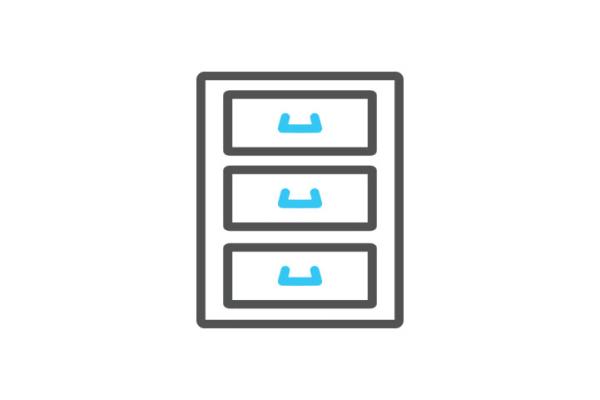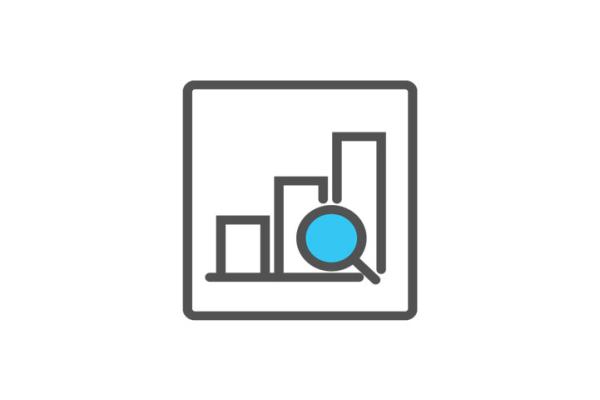Eurostat, the statistical office of the European Union is the main source of comparable EU data. Heath data is based on the framework regulation on health statistics and derived legal acts. Other sources may complement EU health data on very specific topics.
Eurostat – main source of EU health data
Eurostat provides two kinds of health data, Administrative, such as cause of death statistics and self-reported data from the European Health Interview Survey (EHIS) or the Minimum European Health Module (MEHM) of the EU-SILC survey. Themes covered by these include:
- Health status
- Health determinants
- Health care expenditure
- Health care resources and activities
- Causes of death
- Health and safety at work.
Eurostat health data is often complemented by other EU statistics on social data, population, or quality of life. EU statistics sourced from administrative data are usually available by sex and age group.
Data from surveys are grouped by socio-economic status such as education and income, level, activity status, degree of urbanisation, etc. Some EU statistics are also broken down by regional or urban level.
Commission services, other sources of EU health data
- European Cancer Information System (ECIS) by the Joint Research Centre
- Eurobarometer surveys focusing on EU public opinion on health related matters.
EU agencies, other sources of EU health-related data
- European Centre for Disease Prevention and Control (ECDC)
- European Monitoring Centre for Drugs and Drug Addiction (EMCDDA)
- European Foundation for the Improvement of Living and Working Conditions (EUROFOUND).
Relevant databases
- Eurobase
- ECHI data tool
- OECD Health statistics
- WHO European Health Information Gateway
- Injury database
International Classification
Classification systems are tools which allow for harmonised data registration so that comparable data can be obtained. Shortlists may be constructed on the basis of classification systems. The European Commission uses these to collect high-quality and harmonised data.
Main classification systems
- The International Statistical Classification of Diseases and Related Health Problems (ICD)
- The Eurostat Reference and Management of Nomenclatures (RAMON)
- The System of Health Accounts (SHA)
Other classification systems
- The International Classification of Functioning, Disability and Health (ICF) is a system based on a bio-psychosocial model of functioning and disability
- The International Standard Classification of Occupations (ISCO) is used to define health professions
- International Standard Classification of Education (ISCED)
- Diagnosis Related Groups (DRGs), a system which enables assessment of health care costs through a classification of patients
- Classifications of rare diseases – Orphacodes - are available from Orphanet
- Case definitions of communicable diseases




